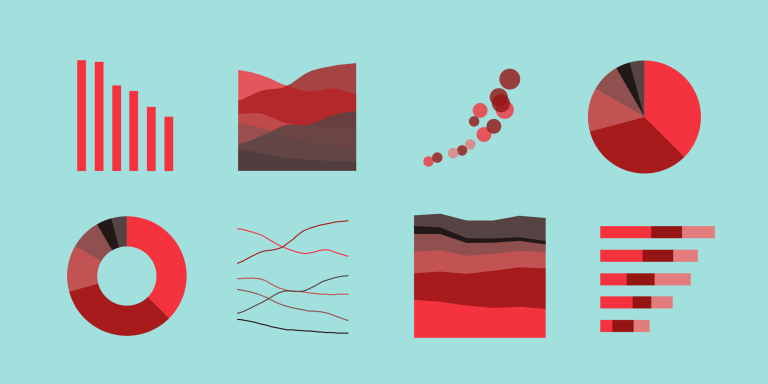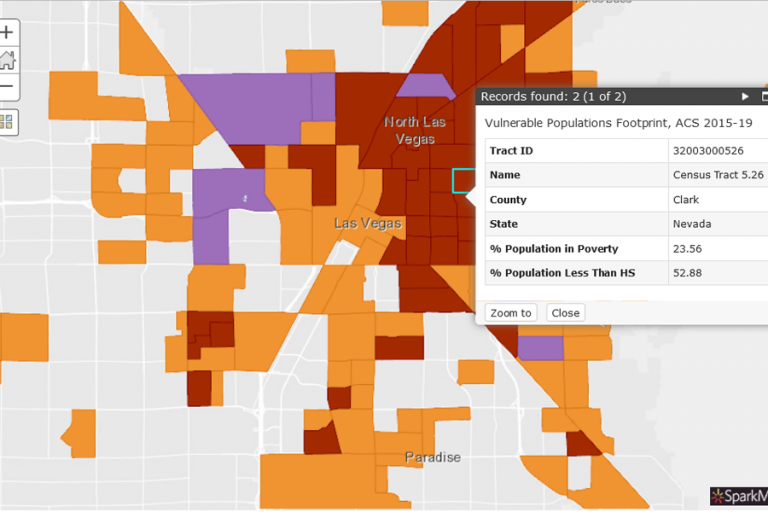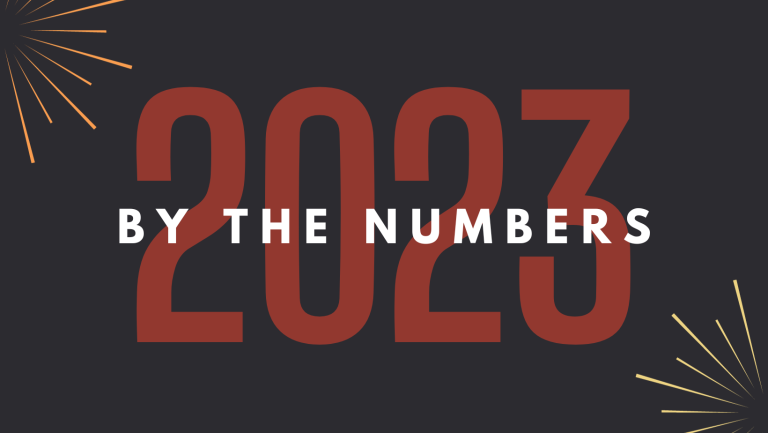To Avoid Gender Bias, We Need Sex-Segregated Data
Are you focused on expanding, understanding, or analyzing women’s opportunities in the economic sector? Do you want to support the implementation of gender-focus policies in the US or at the local level? Use SparkMap! Continue reading to learn about how you can access sex-aggregated data in honor of Women’s History Month.
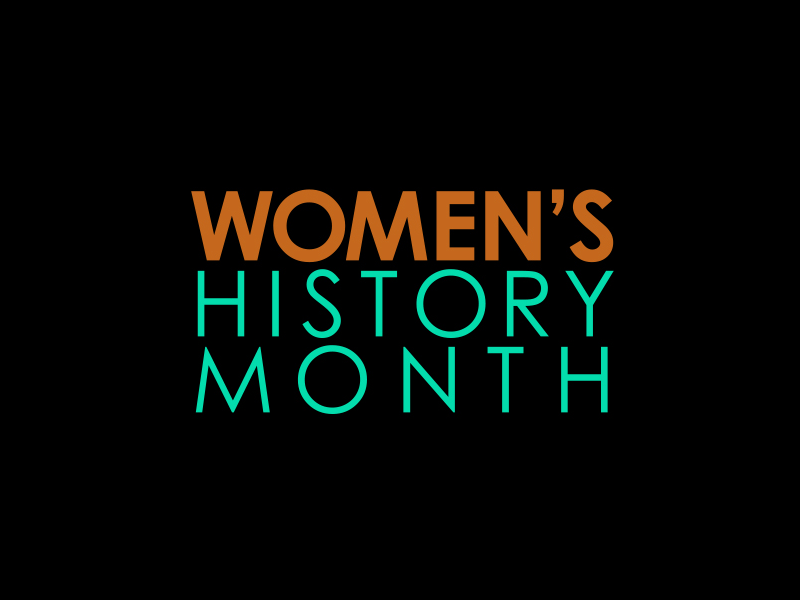
Data Tends to be Lumped Together, Especially When it Comes to Sex and Gender
Lack of sex segregated data can be found in everything from drug trials, food insecurity, essential employee demographics, communicable disease transmission rates, and so much more. This gap in data influences the ability to design, implement, and measure programs that impact an organization’s mission1. When the norm has been to aggregate sex and/or gender identity into one demographic field, or to assume the default demographic is male, and then use that data to design programs and services, a huge disservice is done to the populations served by nonprofits and the public sector.
Nonprofits have to act as fiscal stewards of their limited resources, and in doing so, demonstrate their value as well as the effectiveness of the work and mission. Providing data to use as performance measurement or as a programmatic indicator, without taking the necessary steps to ensure the data encompasses a more holistic view of the population, provides inaccurate performance evaluation at best, missing or undercounting over half the population at worst.
Nonprofits are in a unique position to be able to collect local data that not only includes sex segregated data, but expands beyond the binary. Coupled with a robust set of offerings from the American Community Survey (ACS)2 that has sex as a breakout option, and improvements to same-sex households from the decennial census counts3, nonprofits have the opportunity to better shape and target their strategies and programmatic offerings.
Without a concerted effort to collect and analyze robust data to implement programmatic and policy change, gender inequity will continue to be a cyclical issue for generations to come. The default perspective and representative sampling cannot continue to be solely that of the male demographic.
How SparkMap Can Help
We pride ourselves on providing the most reliable and up-to-date datasets available – including a variety of sex segregated data, where possible, such as demographic, economic, and health indicators, to better understand how populations are impacted by the issues you care about. Click the info button next to any indicator in our Assessment to learn more about Supplemental Data, such as gender, included with that data.
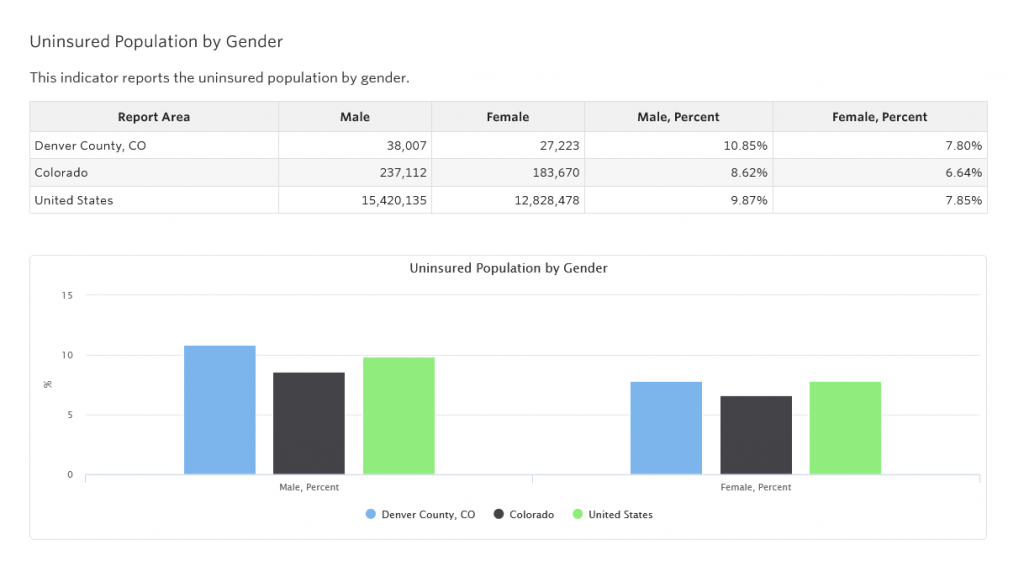
Collecting Your Own Data?
No problem. We can help you display your work in meaningful ways that give context to the mission of your organization. Greater gender equity and gender parity are prerequisites to the sustainability of the nonprofit and public sector and SparkMap can help.
Sources:
- Criado-Perez, C. (2019). Invisible Women: data bias in a world designed for men. S.l.: Harry N Abrams.
- American Census Survey: Why we ask Questions About Sex https://www.census.gov/acs/www/about/why-we-ask-each-question/sex/
- Same Sex Households and the 2020 Census: https://www.census2020now.org/faces-blog/same-sex-households-2020-census

